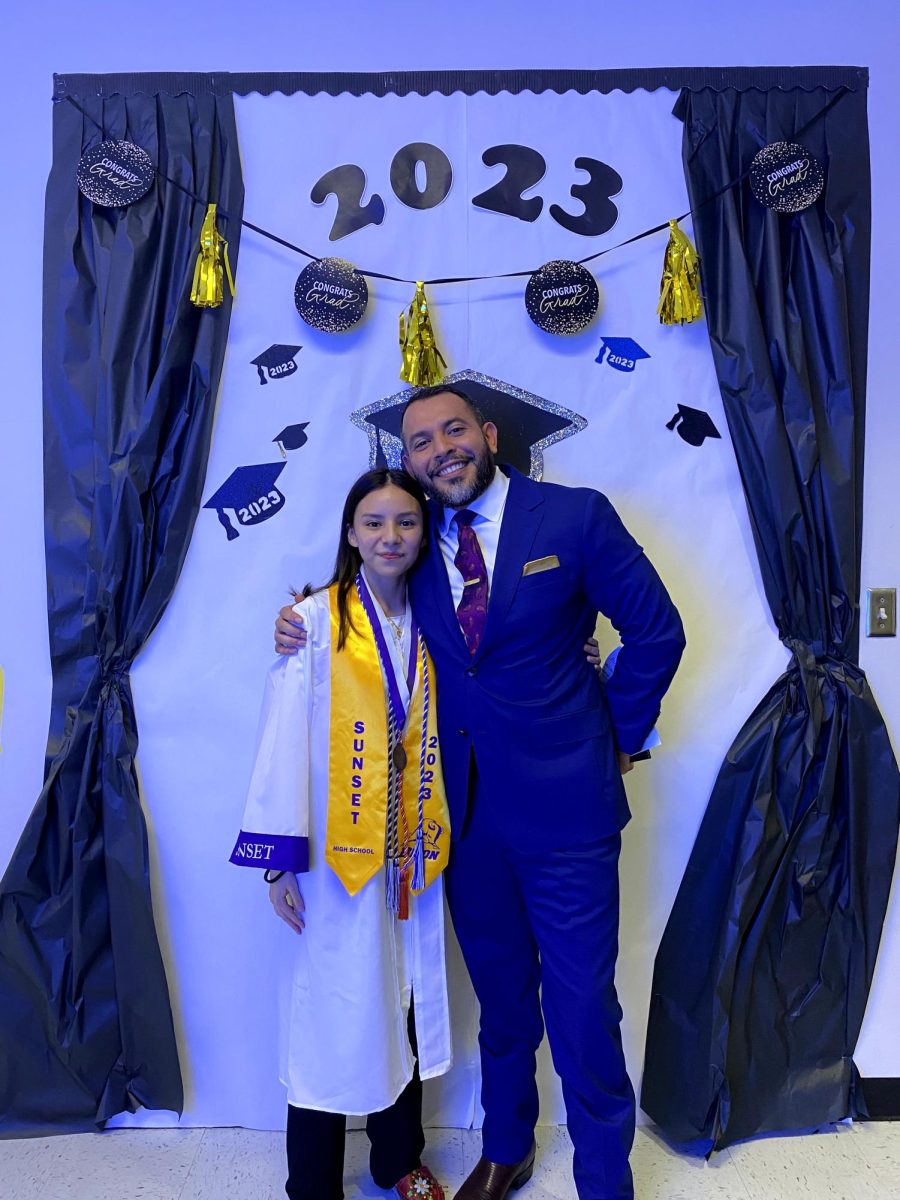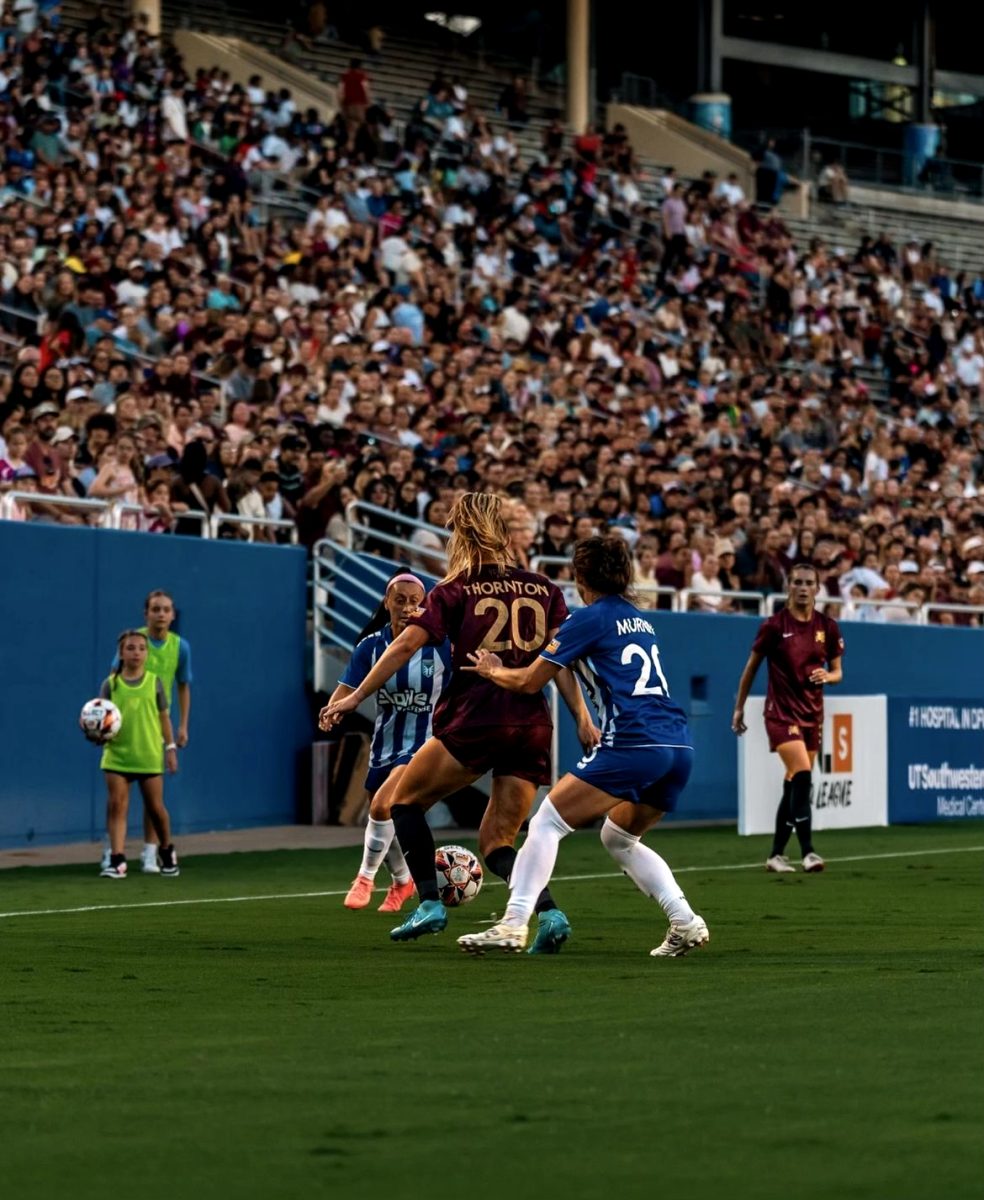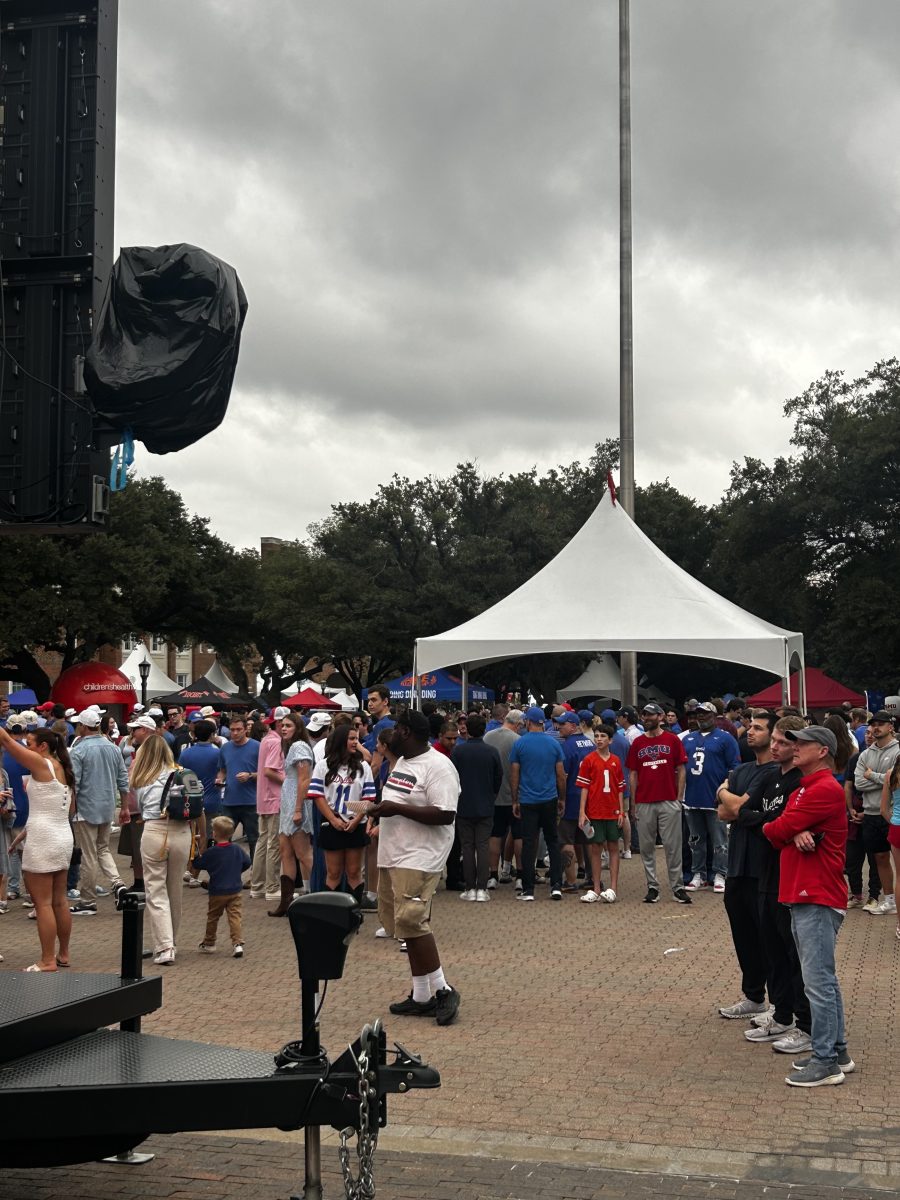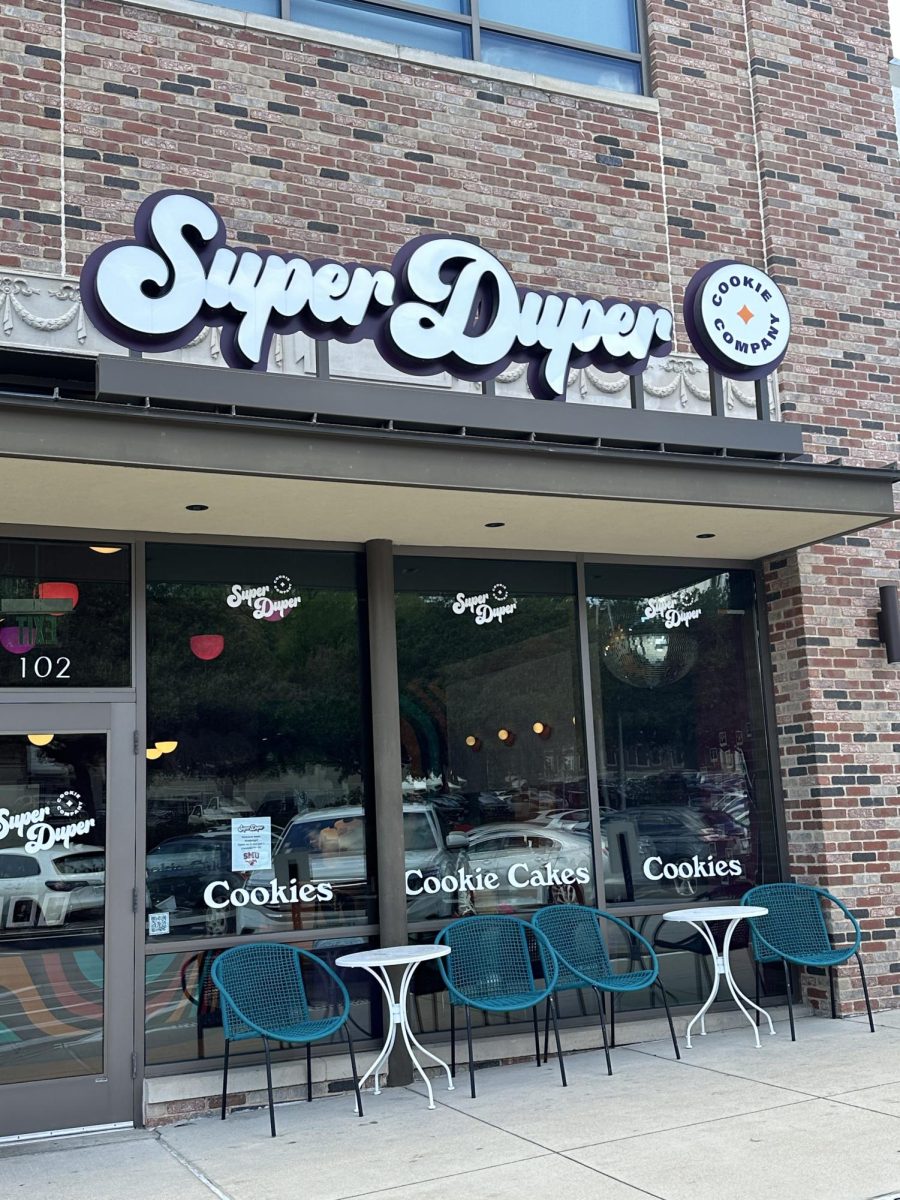SMU Students and other observers interested in learning more about local Black history took a 3-hour, narrated bus tour of various South Dallas sites on Saturday, September 21.
During the tour conducted by Hidden History DFW, participants were chauffeured around Uptown, Oak Cliff, MLK Jr. Blvd., Deep Ellum and Fair Park to learn about how African Americans shaped communities within churches, high schools, homes, parks and cemeteries around these areas.
Hidden History DFW has been routinely hitting ground for seven years with 6,000 visitors and eight months of hard research. The tour was equally divided between people who are native to the Dallas area and people who are not.
Don Pinkard, the tour guide who owns and runs the company with his wife, highlighted white flight in South Dallas, gentrification in Oak Cliff and the revitalization of Forest Theater on MLK Jr. Blvd. Don Pinkard’s son, Aaron, who was also a tour guide, reflected on years past when Dallas was a segregated society.
“Back then, you didn’t go to SMU if you were African American. You would come to SMU and find [a white person] that can teach you,” Aaron Pinkard said.
In the 1950s, South Dallas, specifically residential neighborhoods around MLK Jr. Blvd., then called Forest Avenue, experienced white flight as white residents fled due to integration.
“So many Black people flooded that it went from all white people to Black, almost overnight,” Don Pinkard said. “This was the first time white and Black people lived on the same street in South Dallas.”
Early African Americans lived in tents and elevated houses on the Trinity River Bottom located in Oak Cliff because no one wanted to live there at the time. Now, gentrification is heavily apparent in this area. As the tour bus passed by, the tourists saw a nice, wealthy blue house right next to a little, rundown, beige house.
Don Pinkard explained that when the demographics of a neighborhood changes, and more wealthy people move in, the cost of living goes up. This pushes out long-time, usually lower income residents who can no longer afford to live there.
“It doesn’t take a rocket scientist to know what’s gonna happen to the people in the beige house,” Don Pinkard said.
Forest Theater, located on MLK Jr. Blvd., was once the go-to movie theater for Black people during segregation, and now it is being restored as a space for arts and community.

Annette Nevins, an SMU journalism professor who hosted most of the students on the tour, explained why she wanted to welcome SMU students on the tour.
“We want to amplify the voices of residents and business owners in the lesser-known neighborhoods of South Dallas, especially MLK Jr. Boulevard,” she said. “We want our students to gain a new appreciation of these gems of history not far from SMU’s doorstep and to look for ways of engaging with these communities.”
Other notable sites that the tour explored in relation to Black history include Freedman’s Cemetery, Griggs Park, Moorland YMCA, Booker T. Washington High School, Friendship West Baptist Church, and “The Mile of Tragedy,” where some of the worst African American incidents occurred along the same stretch of the South Central Expressway.
Freedman’s Cemetery was established in the mid-19th century to serve the needs of the Black community, as racial segregation was prevalent during that time. Booker T. Washington High School, originally founded as a segregated institution for Black students, has since evolved into a highly regarded school renowned for its exceptional programs in performing and visual arts.
According to Don Pinkard, the deep history leading up to the Civil War, when slave owners gave Black people free land to move to Texas, set the stage for the four million Black people living in Texas today.
Jake Batsell, an SMU business journalism professor, joined the tour alongside Nevins. Batsell emphasized that the long history of African Americans in Texas contributes to the build-up of the Black population.
“It was eye-opening and sobering for me to get a better understanding that Black history spans across and has shaped the entire city,” Batsell said.
Batsell also highlighted the importance of journalism students to attend the tour.
“I have my eye out for opportunities for students to do more stories and coverage that gets them out of the bubble of Park Cities and into the historically rich fabric of Dallas,” Batsell said.
Cambyll Francois, an SMU junior studying journalism, attended the tour to do just that.
“I was most impressed with how rich the Black history of Dallas truly is,” Francois said, “For someone who didn’t exactly grow up here, learning about the amount of impact African Americans have had on the culture of Dallas was extremely empowering specifically as a Black woman,” Francois said.






















